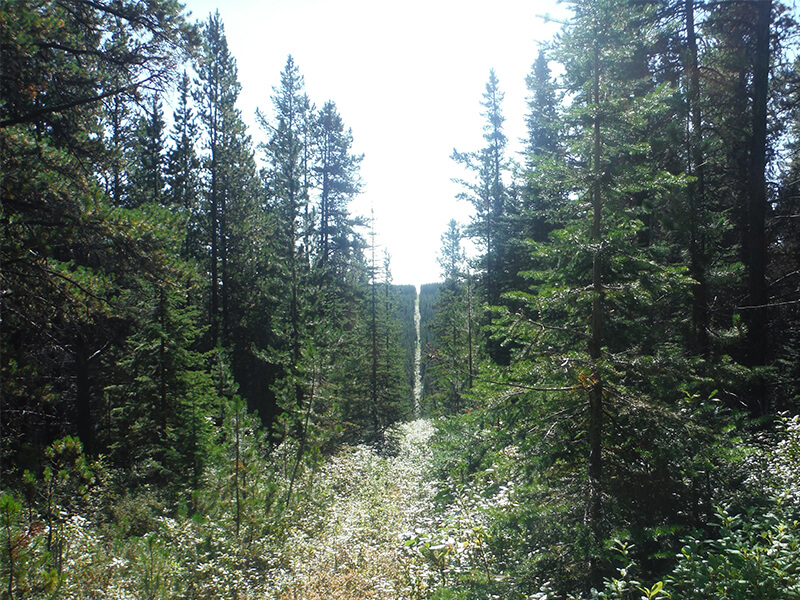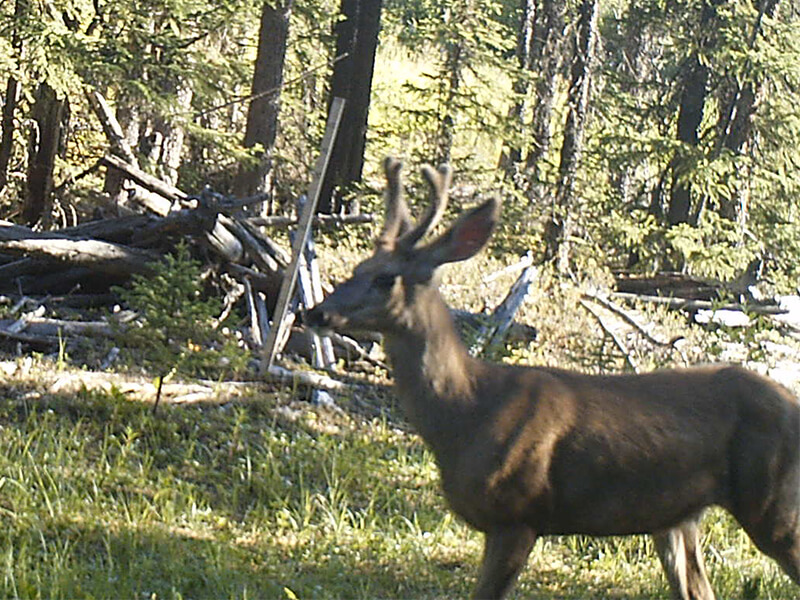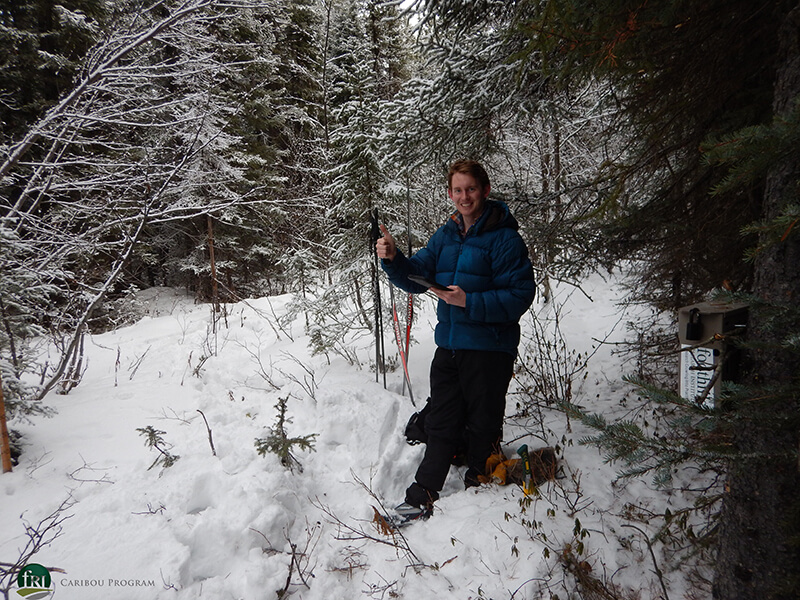
Abstract
Populations of boreal and southern mountain caribou in Alberta, Canada, are declining, and the ultimate cause of their decline is believed to be anthropogenic disturbance. Linear features are pervasive across the landscape, and of particular importance, seismic lines established in the 1900s (legacy seismic lines) are slow to regenerate. Off-highway vehicles are widely used on these seismic lines and can hamper vegetative re-growth because of ongoing physical damage, compaction, and active clearing. Restoration of seismic lines within caribou range is therefore a priority for the recovery of threatened populations in Alberta, but a triage-type approach is necessary to prioritize restoration and ensure conservation resources are wisely spent. To target restoration efforts, our objective was to determine factors that best explained levels of off-highway vehicles use on seismic lines intersecting roads. We investigated the relative importance of local topography, vegetation attributes of seismic lines, and broad-scale human factors such as the density of infrastructures and the proximity to recreation campsites and towns to explain the observed levels of off-highway vehicles use. We found that off-highway vehicles use was mainly associated with local topography and vegetation attributes of seismic lines that facilitated ease-of-travel. Broad-scale landscape attributes associated with industrial, recreation access, or hunting activities did not explain levels of off-highway vehicles use. Management actions aimed at promoting natural regeneration and reduce ease-of-travel on legacy seismic lines within caribou ranges can be beneficial to caribou recovery in Alberta, Canada, and we therefore recommend restrictions of off-highway vehicles use on low vegetation, dry seismic lines in caribou ranges.
Citation
Pigeon, K.E., Anderson, M., MacNearney, D. et al. Environmental Management (2016). doi:10.1007/s00267-016-0763-6
Get the Article
Full Access Version (with subscription)
Read-Only Version (complementary)










